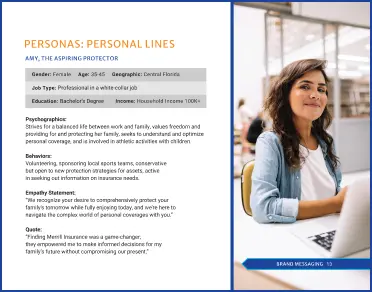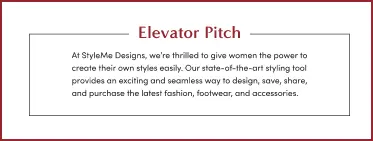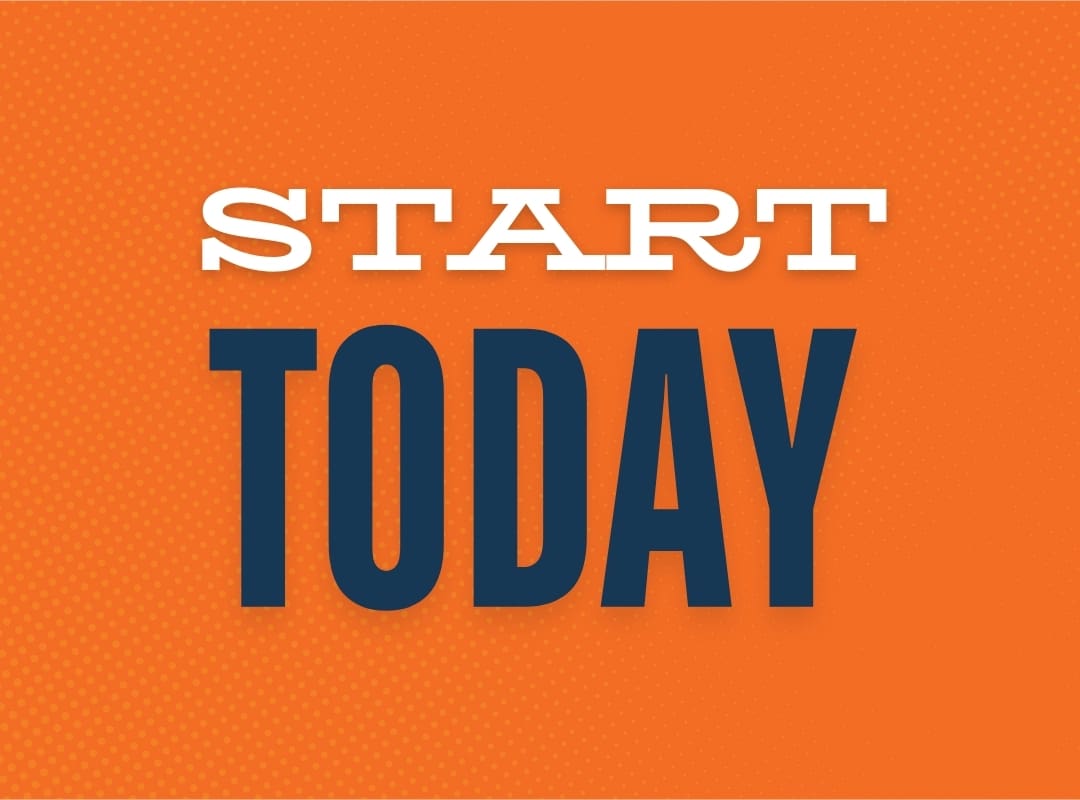
Because Brand Messaging Matters
Getting your brand messaging right is the foundation of all your marketing efforts.
It’s a cyclical process: you must craft the right message, get it in front of the right people at the right time, and ensure the message is distinct enough to cut through the noise. Then, you repeat the process, refining and reinforcing your brand’s position in the market.
But what goes into creating that “right” message? It’s more than just a catchy phrase; it’s a strategic framework of interconnected elements that, when aligned, create a cohesive and compelling brand identity.
Let’s address all the elements in the room.
The Core Elements
1. Name & Brand Name Usage
A brand’s name is its most frequent identifier. Establishing clear guidelines for its use is critical for consistency and recognition.
2. Tagline
A tagline is a short phrase that captures a brand’s essence. However, not every brand needs one. Some brands intentionally choose not to use a specific tagline, instead relying on a collection of branded phrases that can be adapted to different situations. This allows for greater flexibility while still reinforcing the core brand identity.
3. Mission
Your mission is your brand’s “why.” It’s the core purpose that drives your business forward. It should be a clear, concise statement that defines your objective.
4. Vision
The vision statement outlines what your brand aspires to achieve in the future. It’s the long-term impact you aim to have on your industry and audience.
5. Promise
A brand promise is the value and experience your audience can expect to receive every time they interact with your brand. You commit to your audience about the quality of your products or services, the level of customer service they can expect, and the overall experience they will have with your brand.

An example from our brand messaging book at RPS.

6. Values
Values are the guiding principles that shape your brand’s culture and actions. They are the core beliefs and defining statements reflected in everything you do.
7. Audience
You can’t get the message in front of the right people if you don’t know who they are. Defining your target audience is critical in the messaging process and can help segment leads in upcoming efforts.
8. Personas
Personas are fictional characters created to represent the different user types within your target audience. They help humanize your audience and allow you to tailor your messaging more effectively.
9. Voice
A brand’s voice is the personality and emotion infused into verbal and written communications. Since it’s not just what you say, but how you say it, it can include timbre, pitch, dialect, tone, and speed.
10. Pitch
The elevator pitch is a brief, persuasive speech that can spark interest in your brand. It should be a concise summary of what you do, for whom, and why it matters. A good rule of thumb is to be able to speak the entire thing in one breath.
11. Process
Your brand’s process is more than just a roadmap; it promises transparency and reliability. By outlining your client’s journey with your brand, you set clear expectations and build trust from the beginning.

An example from the messaging we made for Merrill Insurance.

An example from the Elevator Pitch written for Styleme Designs.

An example proven process we created for Molinari Pools.

Your Brand Messaging Journey Begins Here
At Rock Paper Simple, we know that behind the scenes, every successful brand is built on a strong foundation and nurtured through thoughtful growth. With over a decade of award-winning experience and a dedicated team, we mix creativity with strategy to create solid, stunning, and cohesive brands that align with your goals and strategically position you for future growth.

